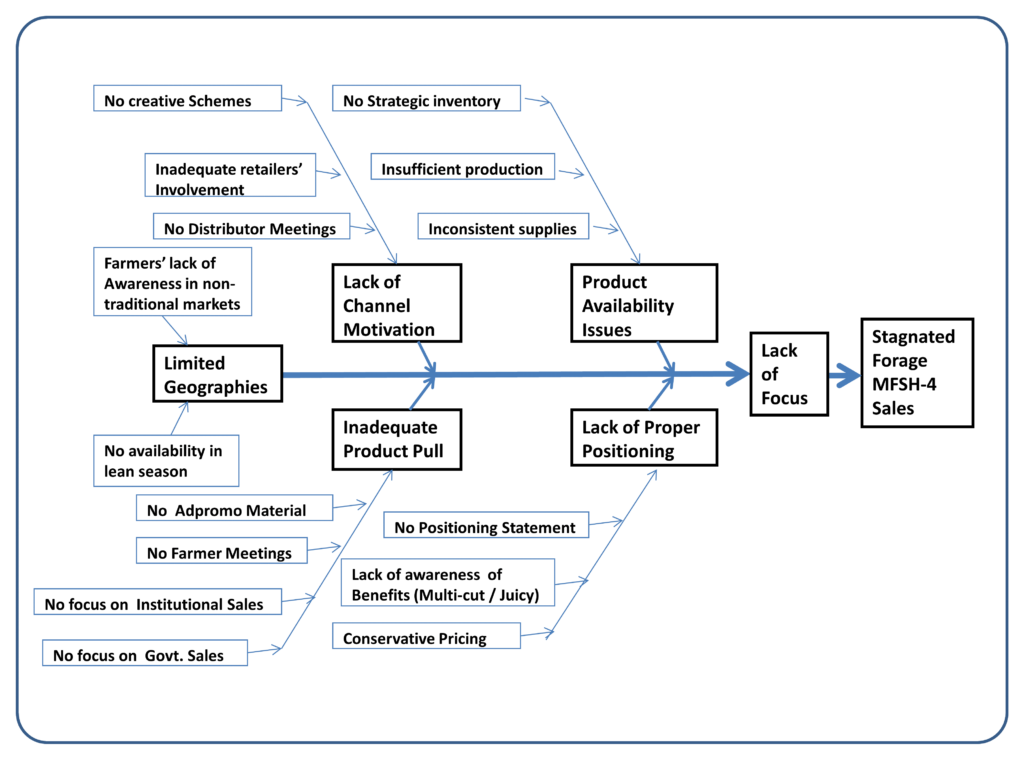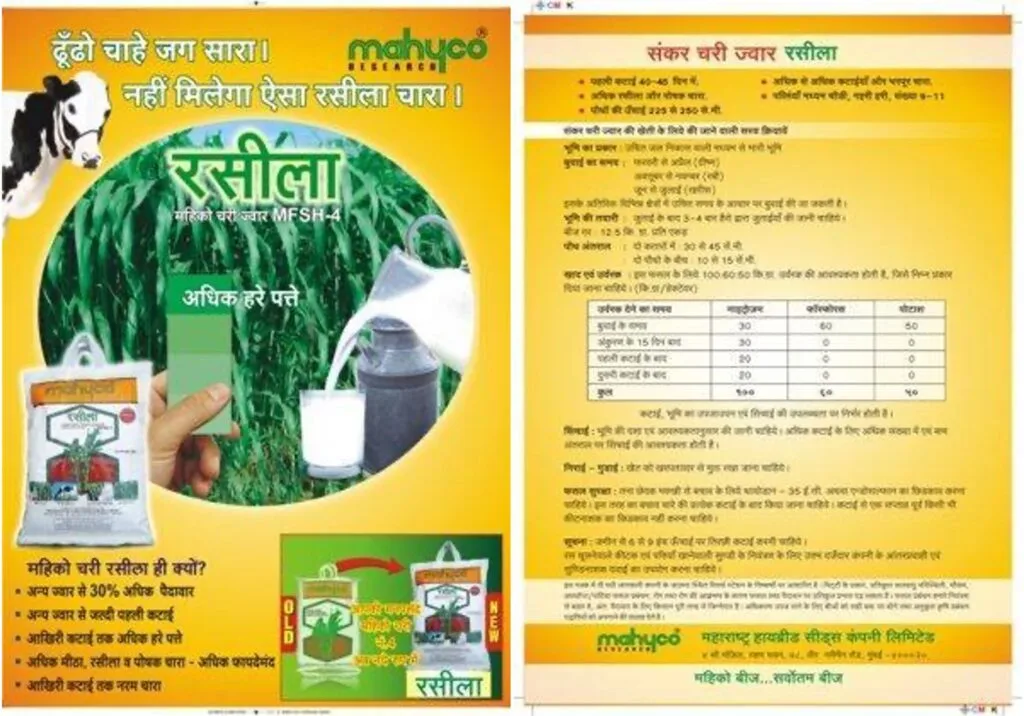This content relates to : EMERGING ECONOMY – INDIA
Rajendra Barwale
Chairman, Mahyco Pvt. Ltd.
Introduction
I called for a meeting with the Business head for Field Crops to discuss the future of MFSH-4, the company’s prime forage sorghum seed to discuss plans for MFSH-4, as it was showing signs of stagnating. Known for investing in R&D and its leadership role in delivering pioneering, high-quality seeds, Mahyco was a major player in the Indian seed industry and did not want to continue with a product category that was in danger of becoming a commodity.
Background and Supply Chain
Forage sorghum, a cattle fodder, is used to enhance milk volume and fat. Grown in the southern part of India ( in Telangana state), it is consumed primarily in the northern part of the country (in states like Punjab, Haryana, and Gujarat).

Market Research by Mahyco
To gain perspective on the problem, the team conducted extensive market research with key stakeholders like distributors, retailers, and farmers. The farmers, in particular, appreciated MFSH-4 because its yield was 3-4 times that of competitors. The research revealed the following underlying issues:
Issues:
• Limited Geographies: MFSH-4 was mainly supplied to the traditional forage farming belt, with no awareness of the product in non-traditional farming areas. In these non-traditional markets (e.g., a state like Maharashtra), farmers used standard alternatives to forage like grass, millet, and corn green. There was also no product availability during the lean, i.e., off, seasons.
• Inadequate product pull: Farmers lacked awareness of the brand’s distinctive benefits due to ineffective communication and product packaging.
• Lack of channel motivation : The retailers found no incentive to prioritize MFSH-4 because the margins were comparatively low. Consequently, the retailers were pushing the farmers towards competing brands that offered them higher margins.
• Product availability issues: Due to the lack of accurate forecasting, Mahyco was not able to gauge demand and this resulted in dissatisfied distributors.
• Lack of proper positioning: MFSH-4 was a superior product but there was no advertising to attract new customers. While brand loyal farmers stuck with MFSH-4, there was no expansion of the market.
Besides these issues, the presence of many local competitors and the availability of product substitutes like red sorghum which were half the price of MFSH-4, a white sorghum, led to low product pricing. In addition, cross purchasing, the high cost of packaging bags and logistics further eroded profitability.
The innovative use of the fishbone diagram approach in marketing helped the team identify and comprehensively organize these issues and focus on what needed to be changed to become more profitable.

Change in strategy
The team began to brainstorm and develop a comprehensive and innovative marketing strategy to revive MFSH-4’s fortunes.
For example, farmer feedback that the product was juicy and succulent for cattle prompted recognition of the need for an innovative strategy to communicate the brand and its strengths. Also, because the superiority of MFSH-4 was validated by an external government research agency that placed the product in an elite category, the team set about identifying new communication strategies that incorporated new packaging and advertising approaches that targeted existing as well as new customers.

Due to these efforts, two large competitors and a dozen small players could not compete and had to shut down. The disciplined approach to identifying and developing innovative marketing strategies developed through a disciplined process of identifying managerial focus had motivated MFSH-4’s turnaround.
Author:
Rajendra Barwale
Chairman, Mahyco Pvt. Ltd.
Mumbai, India
